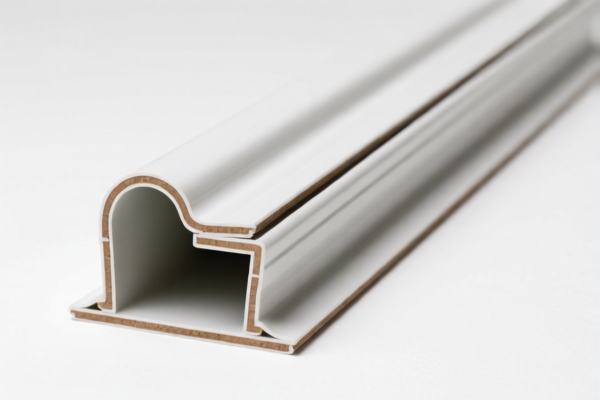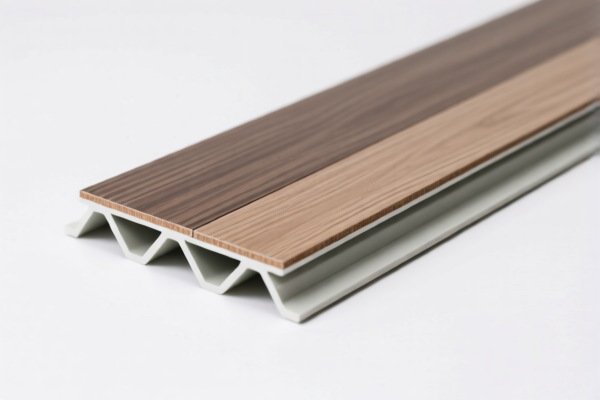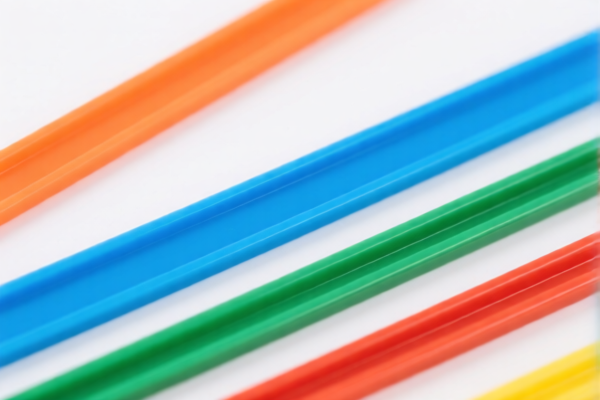| HS Code | Official Doc | Tariff Rate | Origin | Destination | Effective Date |
|---|---|---|---|---|---|
| 3919102055 | Doc | 60.8% | CN | US | 2025-05-12 |
| 3919905060 | Doc | 60.8% | CN | US | 2025-05-12 |
| 3921125000 | Doc | 61.5% | CN | US | 2025-05-12 |
| 6217909095 | Doc | 52.1% | CN | US | 2025-05-12 |
| 6217909075 | Doc | 52.1% | CN | US | 2025-05-12 |
| 6212900030 | Doc | 44.1% | CN | US | 2025-05-12 |
| 6212900090 | Doc | 44.1% | CN | US | 2025-05-12 |
| 6214400000 | Doc | 42.8% | CN | US | 2025-05-12 |
| 6214900090 | Doc | 48.8% | CN | US | 2025-05-12 |




PVC Strips
PVC strips, commonly known as strip curtains or plastic curtain strips, are flexible plastic sheets hung in overlapping rows to create a barrier. They are widely used in industrial, commercial, and residential settings.
Material
The primary material is polyvinyl chloride (PVC). Different formulations of PVC are used to achieve varying degrees of flexibility, durability, and specialized properties. Common variations include:
- Standard PVC: General-purpose use, good balance of properties.
- Freezer-Grade PVC: Remains flexible at very low temperatures, suitable for cold storage environments.
- Anti-Static PVC: Dissipates static electricity, important for electronics manufacturing or areas with flammable materials.
- Welded PVC: Offers increased durability and a tighter seal, often used in high-traffic areas or where hygiene is critical.
- Reinforced PVC: Contains a woven scrim for enhanced tear resistance and strength.
Purpose
The main purposes of PVC strips are to:
- Temperature Control: Reduce heat loss/gain and maintain consistent temperatures in buildings or specific areas.
- Containment: Isolate areas to prevent dust, dirt, fumes, odors, and pests from spreading.
- Noise Reduction: Provide a degree of sound dampening.
- Safety: Improve visibility while creating a physical barrier.
- Energy Conservation: Reduce the load on HVAC systems.
Function
PVC strips function by allowing people and equipment to pass through easily while minimizing air exchange. The overlapping arrangement creates a barrier that slows airflow and contains the environment. The flexibility of the strips allows for frequent passage without damage.
Usage Scenarios
- Industrial Facilities: Warehouses, factories, loading docks, cold storage, paint booths.
- Commercial Buildings: Supermarkets, restaurants, retail stores, hospitals, cleanrooms.
- Agricultural Settings: Barns, greenhouses, livestock facilities.
- Residential Applications: Garages, workshops, patios.
Common Types
- Standard Overlap: The most common configuration, with strips overlapping by approximately 1-2 inches.
- Double Overlap: Provides a tighter seal, suitable for more demanding environments.
- Double Sided: Strips are attached on both sides for added weight and stability.
- Self-Closing: Designed to automatically close after passage, providing a more effective barrier.
- Strip Doors: Complete door systems incorporating a frame and overlapping PVC strips.
- Welded Strip Doors: Feature welded strips for a seamless, hygienic barrier, often used in food processing facilities.
PVC strips, typically used for partitioning or insect control, fall under several potential classifications depending on their form and application.
Here are the relevant HS codes based on the provided reference material:
- 3919102055: This code covers self-adhesive plates, sheets, film, foil, tape, strip and other flat shapes, of plastics, whether or not in rolls, specifically those in rolls of a width not exceeding 20 cm. The total tax rate is 60.8%, comprised of a 5.8% base tariff, a 25.0% additional tariff, and a 30.0% additional tariff effective after April 2, 2025.
- 3919905060: This code also covers self-adhesive plates, sheets, film, foil, tape, strip and other flat shapes, of plastics, whether or not in rolls, but categorized as 'Other'. The total tax rate is 60.8%, with a 5.8% base tariff, a 25.0% additional tariff, and a 30.0% additional tariff effective after April 2, 2025.
- 3921125000: This code applies to other plates, sheets, film, foil and strip, of plastics, specifically cellular polymers of vinyl chloride. The total tax rate is 61.5%, consisting of a 6.5% base tariff, a 25.0% additional tariff, and a 30.0% additional tariff effective after April 2, 2025.
Important Considerations:
The classification between 3919.10.20.55 and 3919.90.50.60 depends on whether the PVC strips are self-adhesive and the roll width. If the strips are not self-adhesive or the roll width exceeds 20 cm, 3919.90.50.60 would be more appropriate. If the PVC strips are cellular, 3921.12.50.00 is the correct classification.
Customer Reviews
No reviews yet.